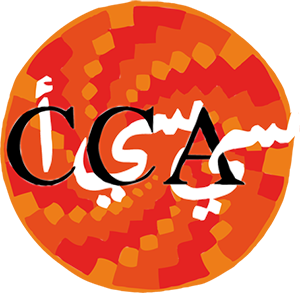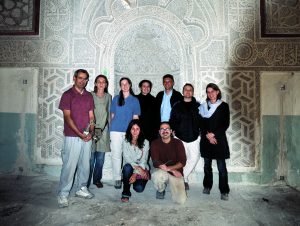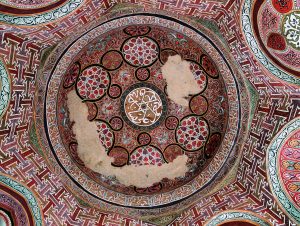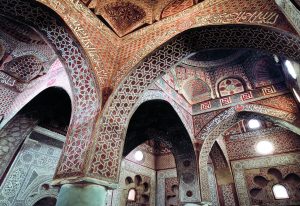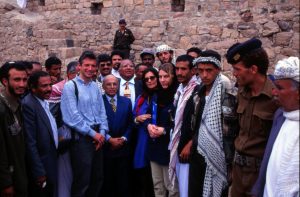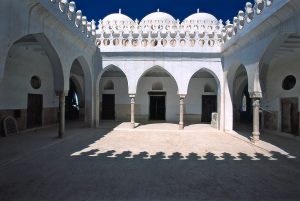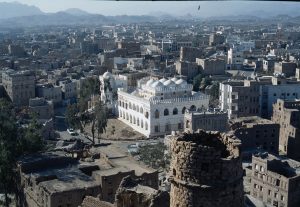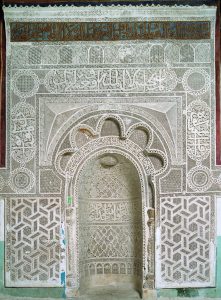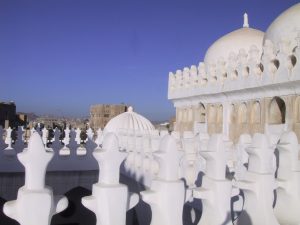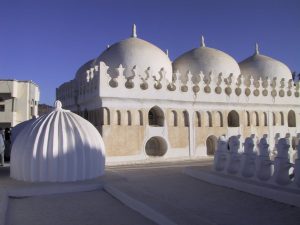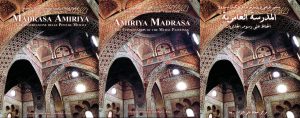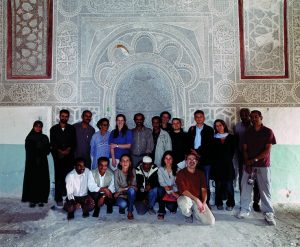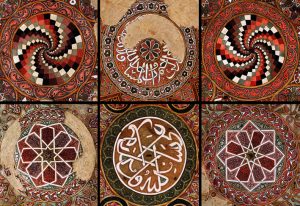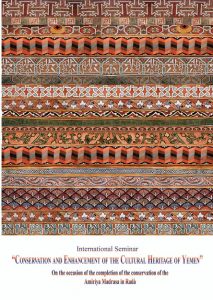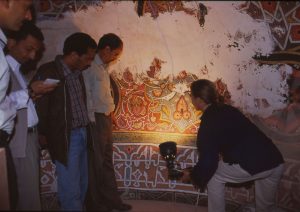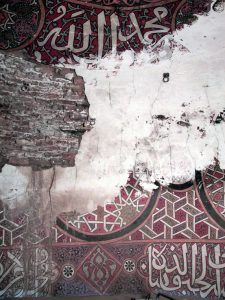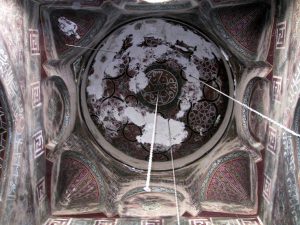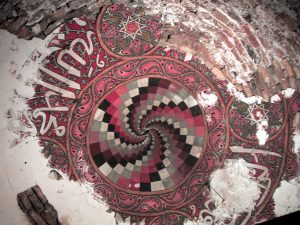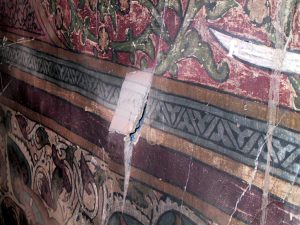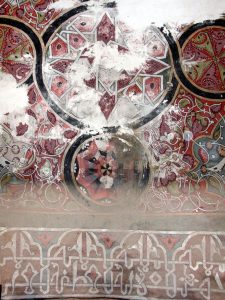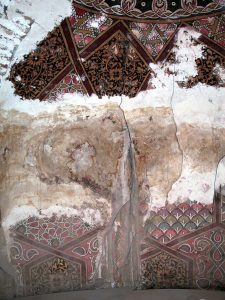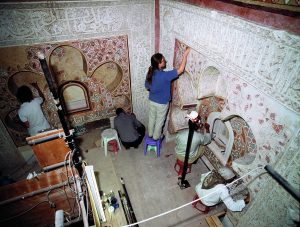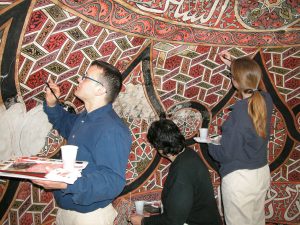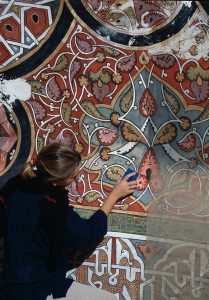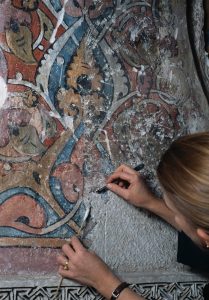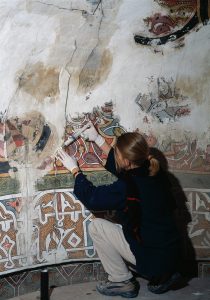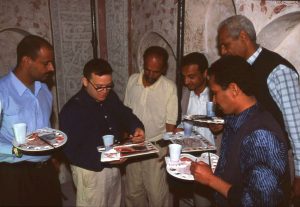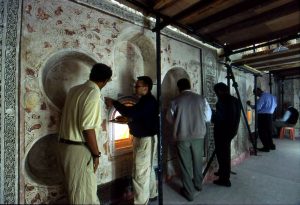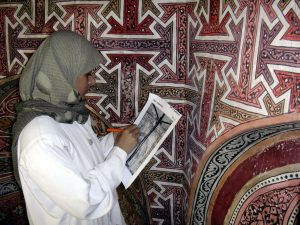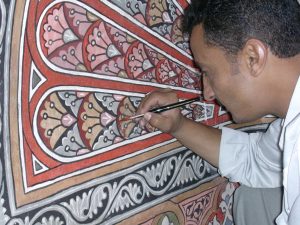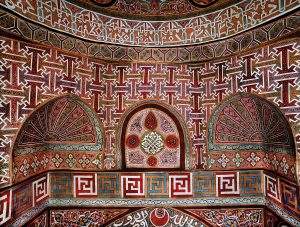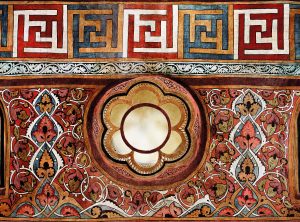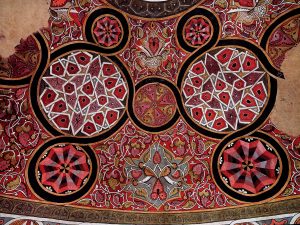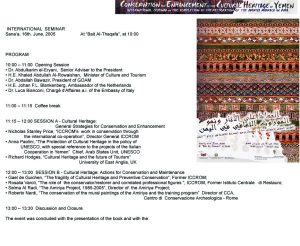Conservation of the wall paintings
The Amiriya madrasa was built at the behest of the sultan Amir bin Abd al-Wahhab of the Tahirid dynasty, in 1504. The building is richly decorated on the interior, especially in the prayer hall: above an intricately carved stucco frieze with Koranic inscriptions, there are elaborate and highly colorful tempera wall paintings bearing epigraphs, geometric designs and plant forms. The paintings cover a total surface area of 600 m2 of the walls and domes. The ruined and derelict condition of the entire monument induced Selma Al Radi, a well-known archaeologist, to embark on a program for its conservation and recovery, using only traditional materials and techniques. After twenty-two years of work, with financial support from the governments of the Netherlands, Yemen and Italy, the Amiriya project ended in 2005, returning an exceptional monument to the city and nation.
The CCA, Centro di Conservazione Archeologica, Rome, carried out the conservation of the wall paintings in the prayer hall after a planning phase in 1998. The conservation program for the paintings provided the occasion to develop a broad strategy intended to contribute effectively to fostering a conservation culture in Yemen and supplying a starting point for its autonomous implementation in the country. For that purpose, training courses were held for local operators and materials were produced to spread the results of the project.
In 2007 the Amiriya project received the prestigious Aga Khan Award for Architecture.
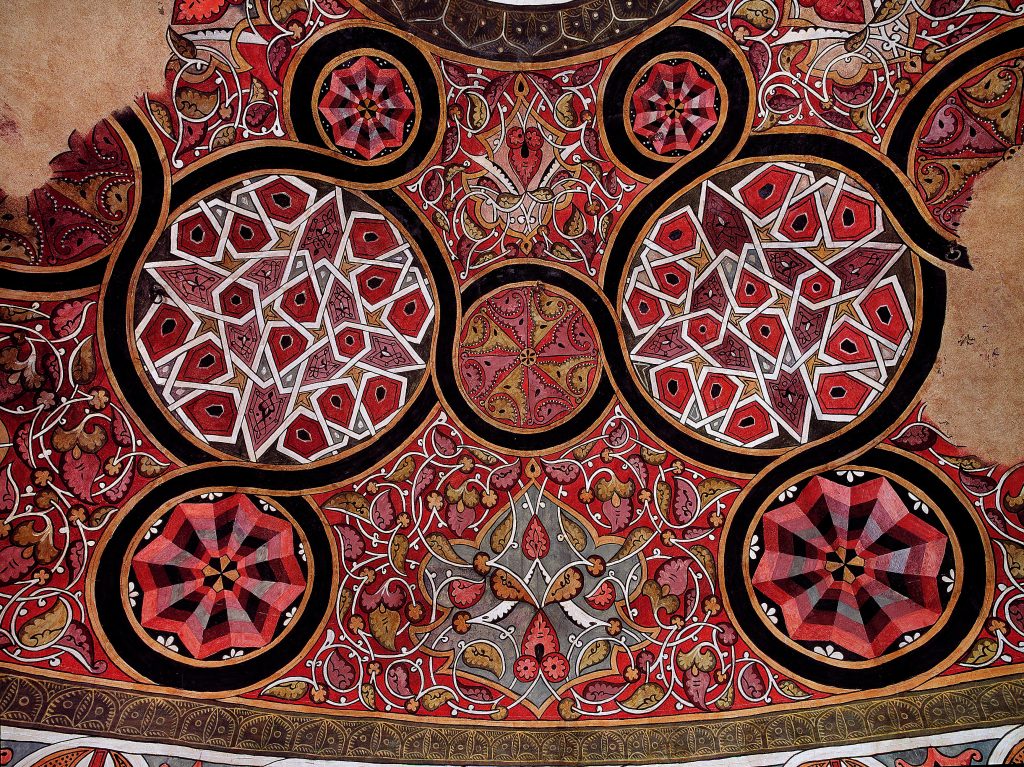
MA After restoration
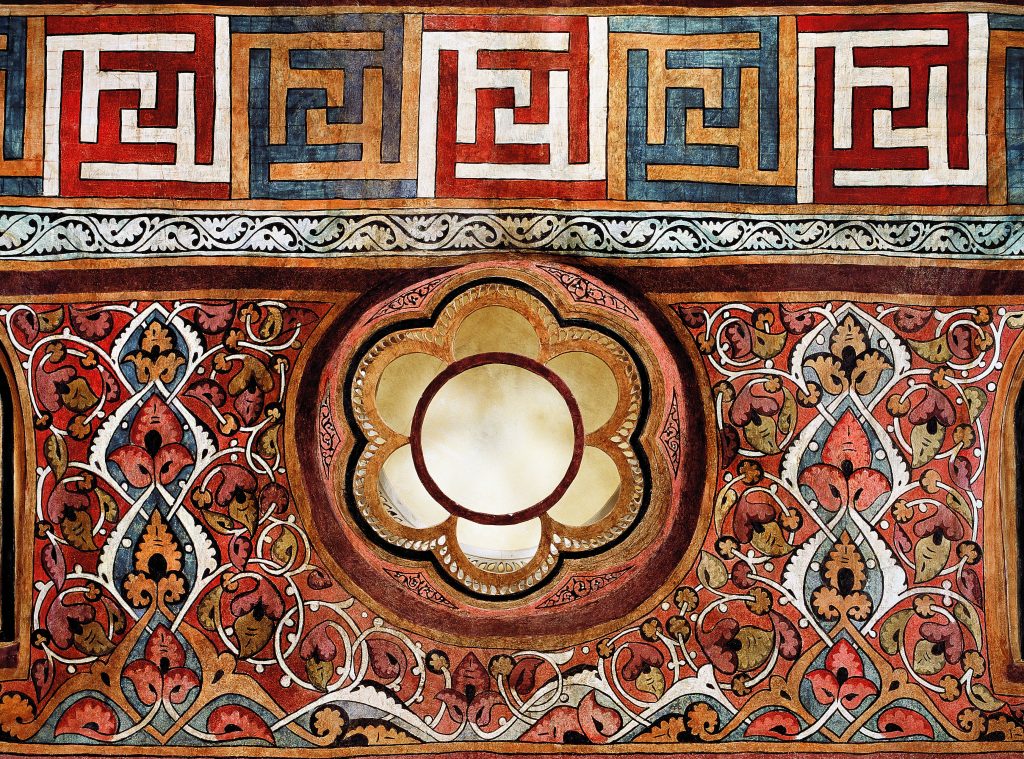
MA After restoration
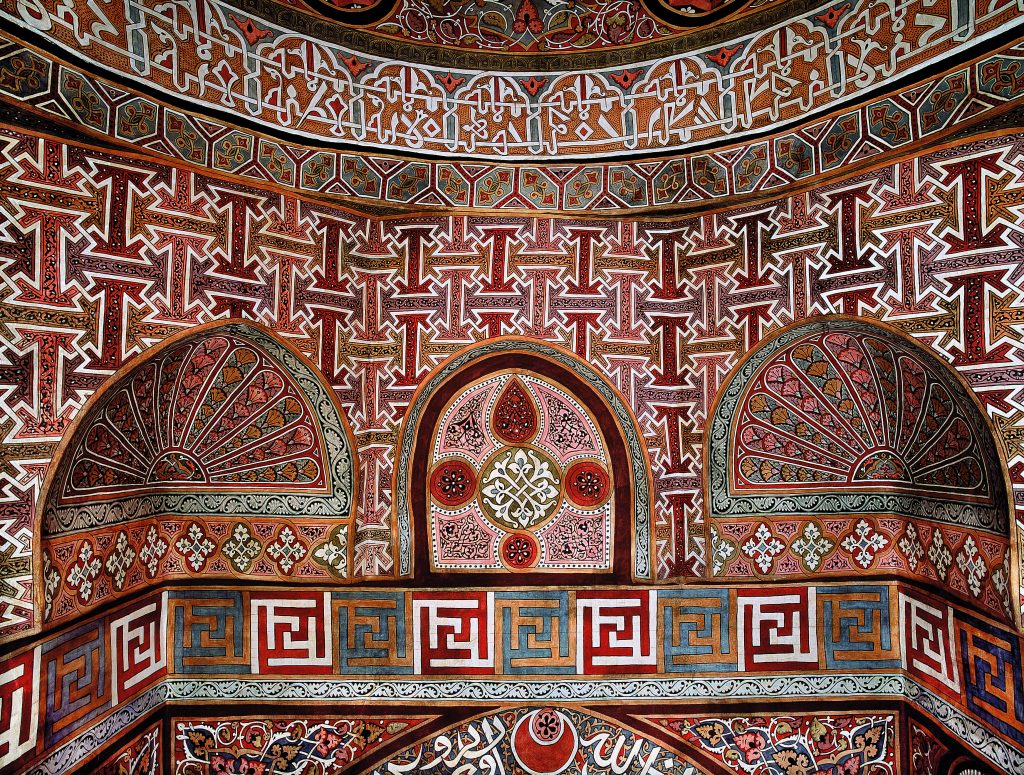
MA After restoration
